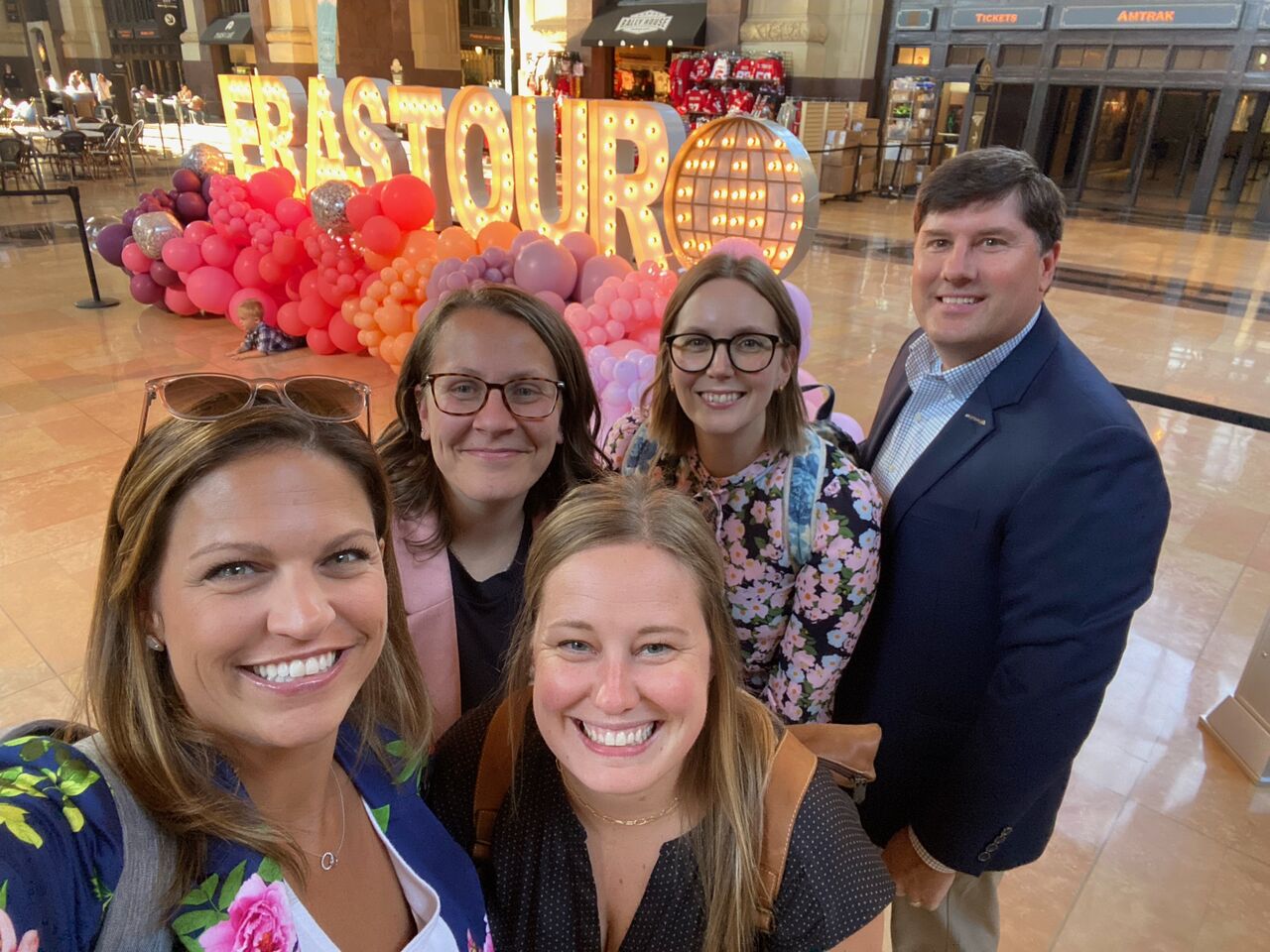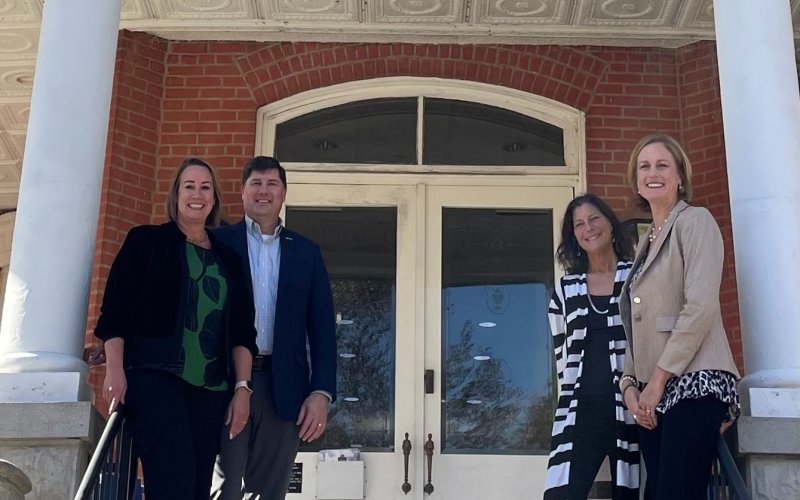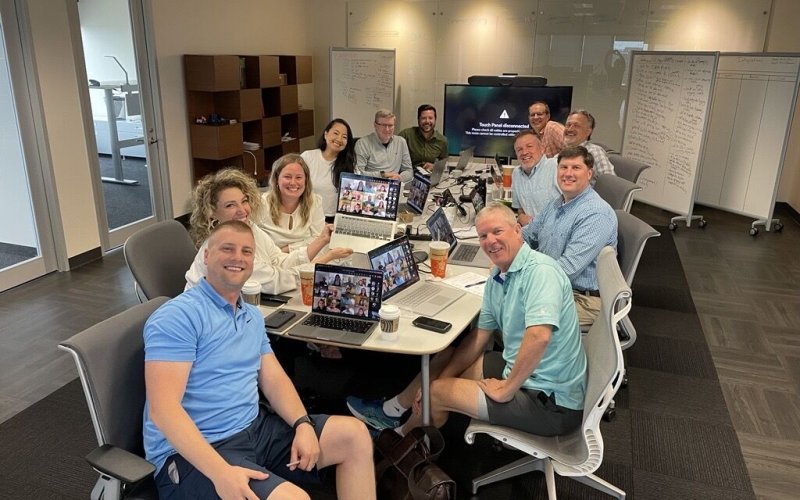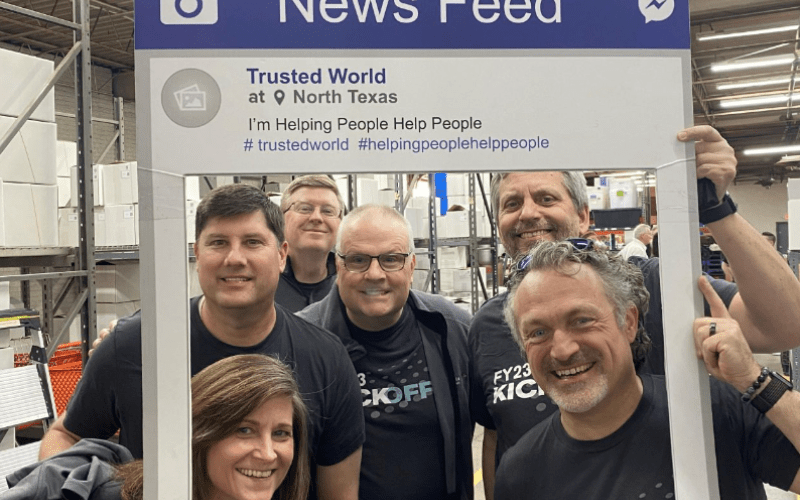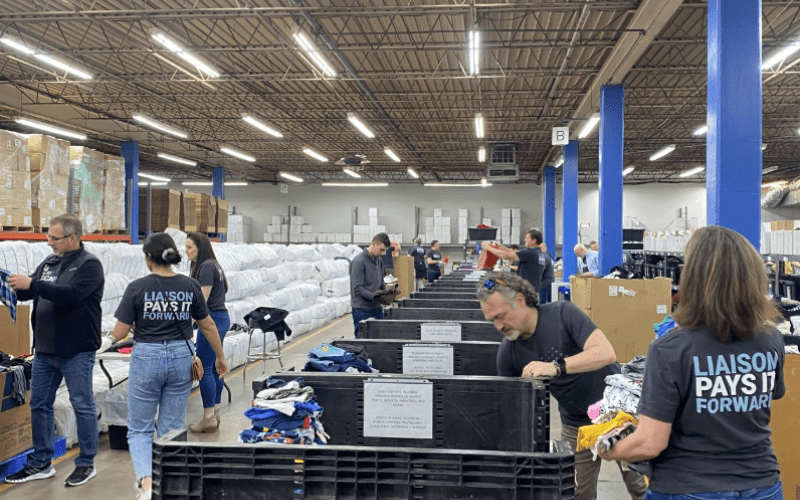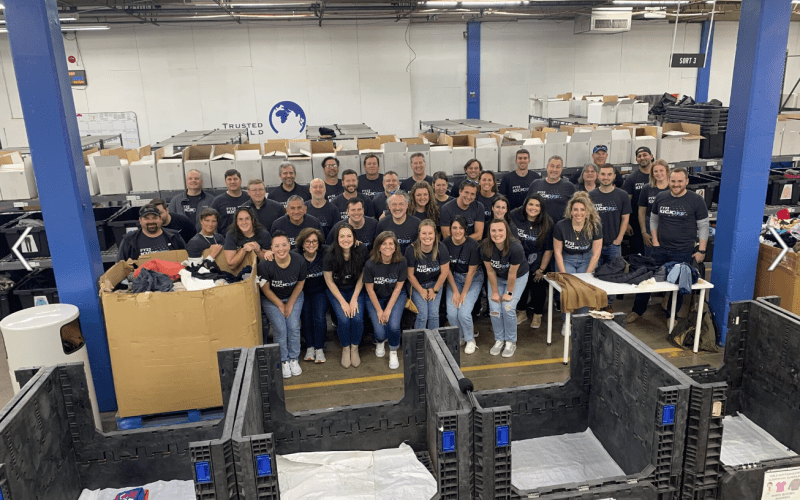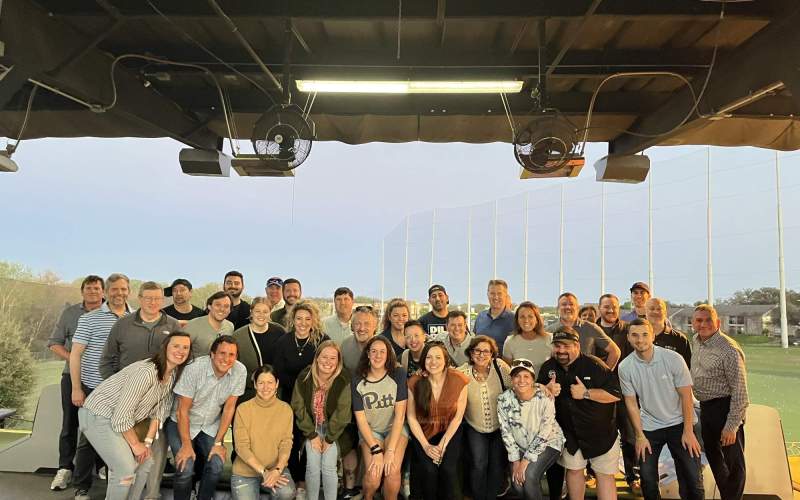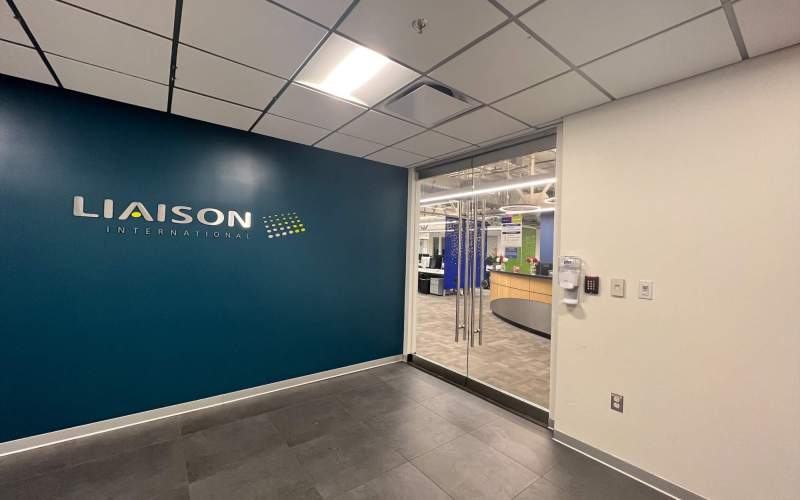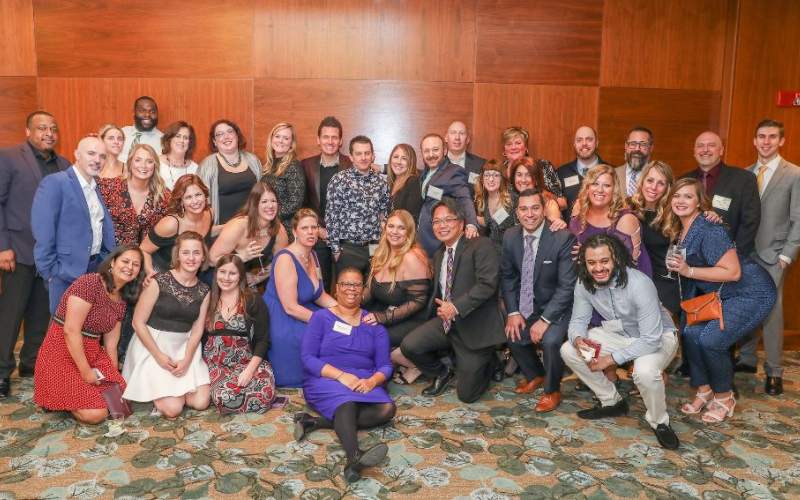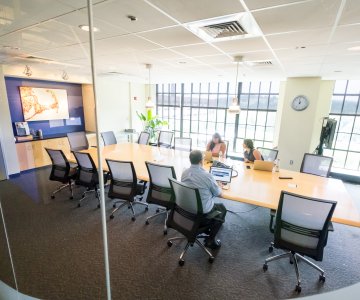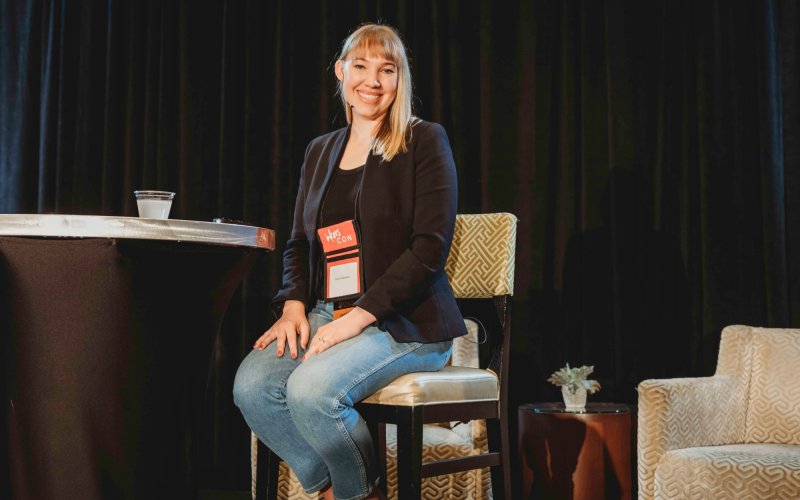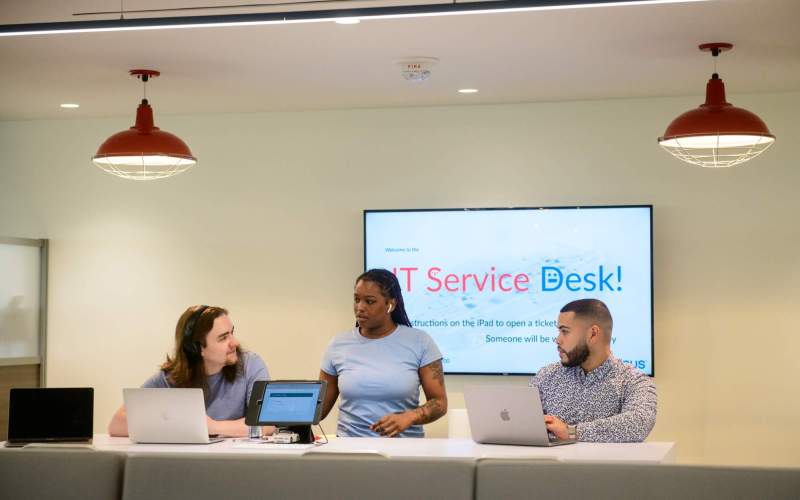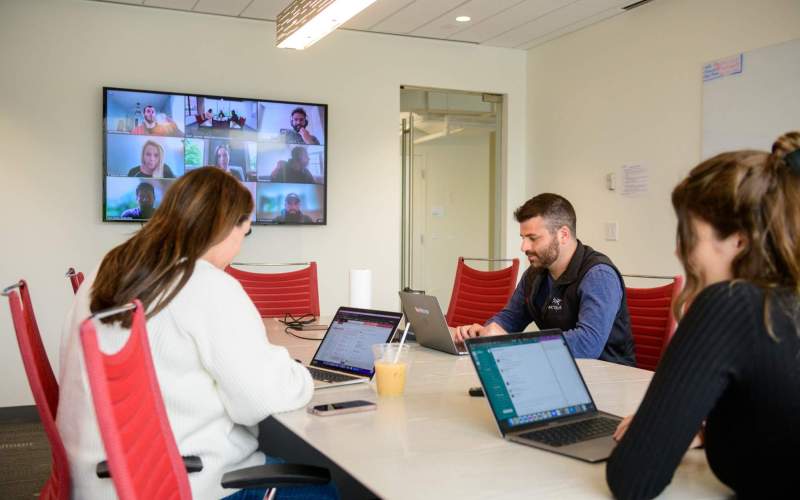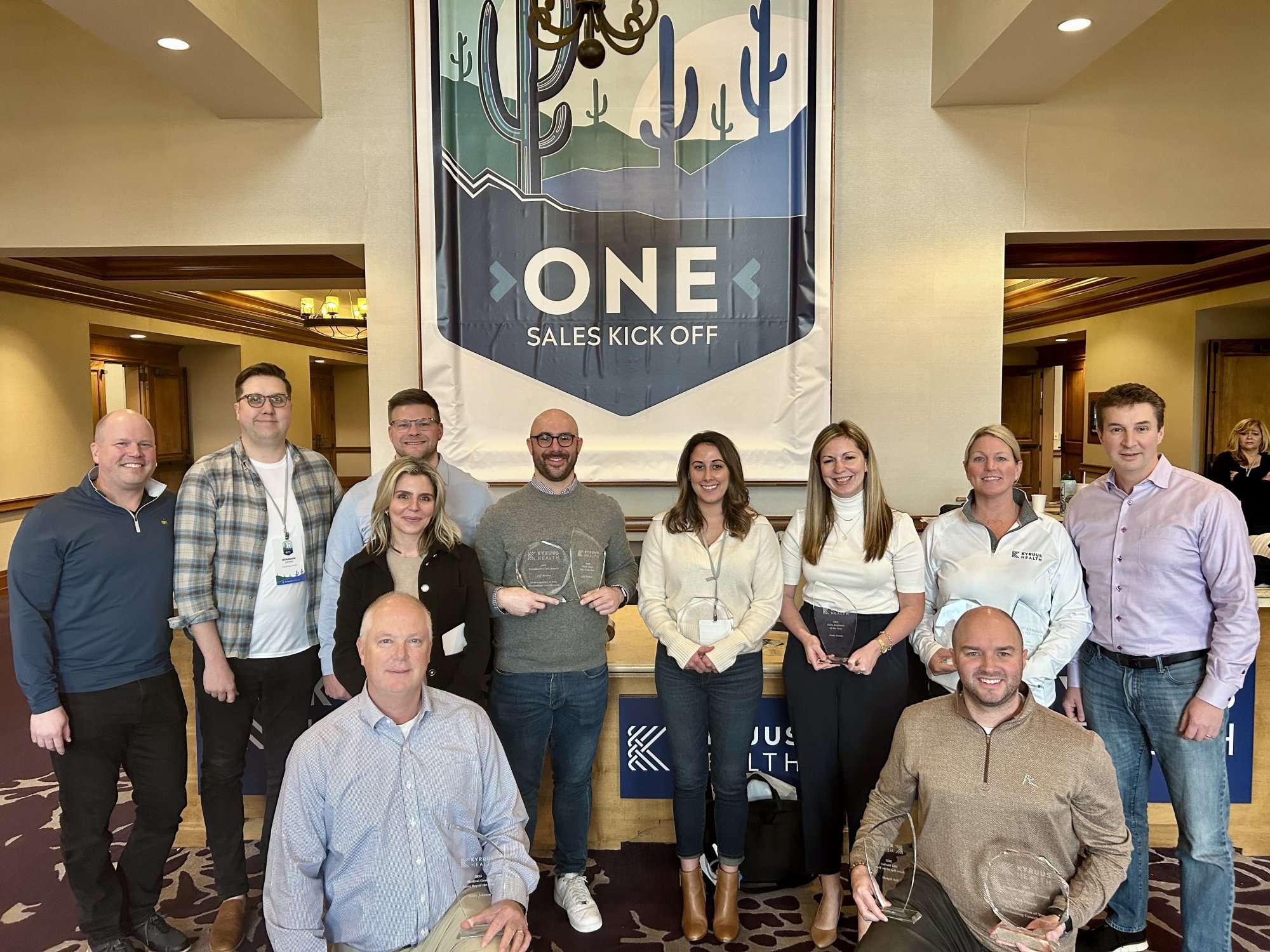In our last blog post , we referenced an IDG study suggesting that in the past two years, the percentage of enterprises with either applications or infrastructure running in the cloud has gone from just 12 percent to an enormous 69 percent. This post will discuss why.
Business Insider recently reported that a gigabyte’s worth of storage on a hard drive cost more than $9,000 in 1993, but a mere 4 cents in 2013. In cloud computing, this is being called the “the race to zero.” As the level of usage and adoption rises and storage becomes cheaper, competition has skyrocketed causing massive price reduction battles among providers. Along with Amazon, three other major tech giants are working to gain market share – Microsoft, IBM and Google – and all are in a war to reduce costs, expand services offered, and attract customers. Amazon has taken the seat that Microsoft held in the 1990s as the dominant market provider that is investing heavily in new capabilities, though it is way too early to count out the likes of Google, Microsoft and IBM. After scrambling to play catch up, some are suggesting they are already impacting the pace of growth at Amazon Web Services.
But simple cost comparisons are not the only driver – or even the main driver – for the shift to cloud computing in many cases. Those who have been using cloud resources will tell you that flexibility is the greatest benefit – the ability to use different types of resources on demand, and then shut them off when finished – proving truly game-changing for IT. This flexibility enables much greater levels of innovation and experimentation than traditional IT, and can become a source of major competitive advantage for any business.
Users are also becoming more sophisticated in the features and capabilities they look for from providers. All of the competitors are rolling out new functionality and expanding their partner lists; in fact Google had a number of announcements of its own just prior to AWS re:Invent. Many companies I spoke with expect that over time different IaaS providers will be used for different types of IT needs, perhaps even within the same company. Looking further down the road, visionaries talk about the eventual constant movement of IT workloads between clouds based on best performance or cost, but for now, that is still largely fantasy from a practical perspective.
With the major shift in both attitudes and adoption regarding cloud based IT resources, it is clear that the vision for cloud computing is truly being realized and a mass migration is underway. Most IT professionals now admit it is no longer a question of “if” but “when.” That said, we still have a long way to go. The bulk of IT spending is still going toward existing internal or legacy systems. This should be no surprise. Multi-trillion-dollar markets do not move overnight, and there are elements of IT that will never shift entirely to the cloud. But the pace of change is clearly accelerating, and for both startup and major providers in this market, that means major potential. It also means legacy providers need to adapt. The datacenter business will not evaporate overnight, but it is clearly in decline.
We are seeing an expanding ecosystem developing around these cloud platforms. The shift to outsourced cloud-based providers means businesses need entirely new management systems for costs, security, performance, fault tolerance, reporting, and the list goes on. Each one of these categories is a multi-billion-dollar market within traditional IT, and each will be transformed as it moves to the cloud.
Change can be very difficult for some, but it represents opportunity for innovative new providers to emerge into category leaders. We are excited to be working with some of the foremost leaders in these markets, and constantly seeking to meet others.
Matt Fates is a Partner with Ascent Venture Partners. You can find this post, as well as additional content on their blog located here. You can also follow Ascent Venture Partners on Twitter (@AscentVP) by clicking here.
































